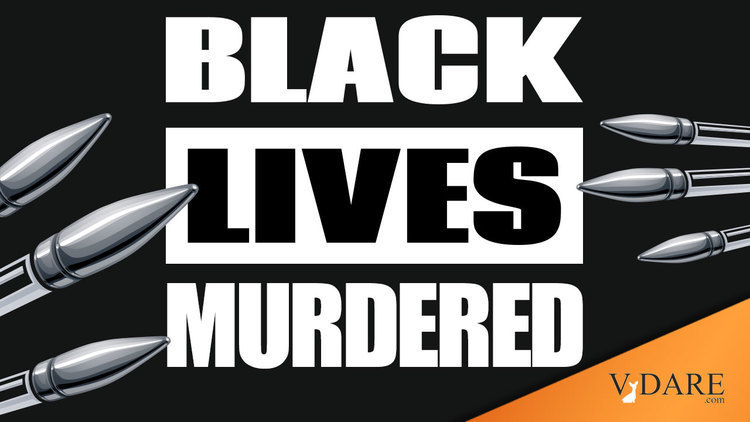

09/22/2021

From The New York Times news section:
Murder Rose by Almost 30% in 2020. It’s Rising at a Slower Rate in 2021.
The increase in U.S. murders this summer does not appear to be as large as the record spike last summer.
In other words, we are at a New Normal.
By Jeff Asher
Sept. 22, 2021The United States in 2020 experienced the biggest rise in murder since the start of national record-keeping in 1960, according to data gathered by the F.B.I. for its annual report on crime.
The Uniform Crime Report will stand as the official word on an unusually grim year, detailing a rise in murder of around 29 percent. The previous largest one-year change was a 12.7 percent increase in 1968. The national rate — murders per 100,000 — still remains about one third below the rate in the early 1990s.
Similarly, the pandemic death rate in 2020 was far below the Philadelphia yellow fever plague of 1793.
The data is scheduled to be released on Monday along with a news release, but it was published early on the F.B.I.’s Crime Data Explorer website.
I can’t see anything for 2020. Perhaps they took it down after Jeff Asher pointed out it was put up?
The F.B.I. said some numbers could change by Monday as it reviews possible discrepancies and receives updates. But the main conclusions of the data are highly unlikely to change.
… The F.B.I. data shows almost 5,000 more murders last year than in 2019, for a total of around 21,500 (still below the particularly violent era of the early 1990s).
… About 77 percent of reported murders in 2020 were committed with a firearm, the highest share ever reported, up from 67 percent a decade ago.
Black murderers are particularly firearm prone.
The change in murder was widespread — a national phenomenon and not a regional one. Murder rose over 35 percent in cities with populations over 250,000 that reported full data.
It also rose over 40 percent in cities 100,000 to 250,000, and around 25 percent in cities under 25,000.
… Overall, murder was up at least 20 percent in counties carried by Joseph R. Biden Jr. as well as by Donald J. Trump in 2020.
One regional factor stayed consistent: Louisiana had the highest murder rate for the 32nd straight year.
But that may be because parts of Mississippi can’t get their act together to report murders to the FBI.
Murders were already elevated in the first few months of 2020,
Murders dropped during the Trump years up until the middle of 2019, and then were moderately higher through the winter of 2020 for reasons nobody has put into a theory yet.
then increased significantly in June and stayed high through the remainder of the year.
… The evidence from big cities suggests murder is still up in 2021 relative to 2020, although the increase is not nearly as big. My collection of data from 87 cities with publicly available year-to-date data shows murder up by 9.9 percent relative to comparable points in 2020.
2021 will probably wind up about the same as 2020 because 2020’s murder surge didn’t really get into high gear until May 25, 2020.
The first half of this year largely followed the pattern begun in the second half of last year. The rate of increase in murder appears to be decelerating as more cities that had big increases starting last summer begin to report data for this summer.
…The picture for 2021 is made murkier by less data.
The F.B.I. has published national U.C.R. estimates every year since 1960, but it is switching to a new crime reporting system next year.
Last year, the F.B.I. began publishing quarterly crime updates, but this year it did not produce national updates for the first or second quarter because not enough agencies submitted data. This probably reflects struggles among law enforcement agencies nationwide to switch to the new system, called NIBRS, which is expected to provide more insight into a wider array of crimes at both the local and national level. In 2020, fewer than 10,000 of over 18,000 participating agencies submitted data via NIBRS.
Traditionally, police departments submitted to the FBI just the worst crime of all the ones committed against a victim. E.g., Winston Mosely was charged with robbery, attempted kidnapping, and murder of Kitty Genovese, but only the murder would have been reported by the NYPD to the FBI crime stats under the old system. For decades, the FBI has been trying to get local police departments to switch to submitting to the FBI all the various crimes committed in one attack, and 2020 is supposed to be the deadline year, but cops are not stats nerds so who knows how complete the data will be. Perhaps homicide stats, as the worst crime, will come out fine, but who knows how bad the data completeness problem will be?
As crime analysts have noted for years, the United States does not have a system of timely data collection to estimate crime trends quickly. The F.B.I. does not publish the official annual statistics until nine months after the end of the previous year.
As I may have mentioned once or twice, I was hollering about Floydism unleashing a Super Ferguson Effect in early June of 2020, but few others did for months, by which time it was too late. We now get baseball statistics updated during games with each at-bat, but our crime stats are ridiculously slow, so the Establishment doesn’t get official statistical feedback telling them they are making a disastrous mistake until long afterwards.
During this transition period between reporting systems and during this period of elevated shootings and murders, the data is getting worse, not better.
This is a content archive of VDARE.com, which Letitia James forced off of the Internet using lawfare.